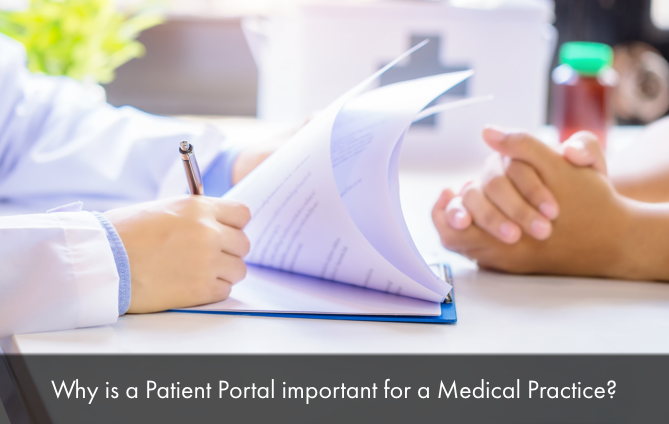Digital patient engagement tools are being deployed by hospitals and healthcare organizations. Before the advent of technology, patients could only get their medical records from the provider’s office. Now with the Patient Portal EMR Software system patients can actively participate in their healthcare journey and have 24/7 access to their medical records. A patient portal platform helps to enhance patient care and also supports strong patient-provider communication without any hitches.
Key Features offered by a Patient Portal Software
The robust capabilities of the online platform enable to streamline administrative workflows and practices can even realize greater patient engagement and satisfaction scores which is important for practice profitability. Improving patient engagement is one of the core aims of healthcare organizations to offer value-based care. The following tools are present in a top-ranked Patient Portal EMR Software system,
- Scheduling appointments
- Payment of online bills
- 2- way messaging facility with the healthcare provider
- Seamless access to patient health information
- Online intake forms can be filled
- Checking prescription refills
- Updating medical history
- Patient education material which can boost patient engagement
- Seamless integration with CRM software
- Automatic appointment reminders
3 Reasons to Deploy a Patient Portal by a Practice
According to HealthIT.gov, patient portals are online websites that offer secure and easy access to patient information round the clock from anywhere. It only makes sense in the digital age to use the powerful platform to reap the benefits of Meaningful use requirements, enhance practice efficiency and improve patient engagement.
Enhanced Office Efficiency
By deploying a patient portal Electronic Medical Records Software helps to boost office efficiency as communication between the practice and the patients can be managed easily. The platform also helps to save time when getting new patients on board as all information can be filled out electronically. The automatic reminder feature in the software helps to reduce the issue of no-shows as patients are reminded about their upcoming appointment.
Streamline admin tasks
When a practice uses a patient portal software it can help to streamline daily workflows in the clinic. Receptionists and nurses don’t have to attend phone calls to answer patient queries as communication is taking place digitally. This makes more time available for office staff to focus on other urgent tasks that need to be completed and have an impact on patient care.
Virtual visits
Telemedicine tools are available in the patient portal platform such as MyChart powered by Epic EMR Software. This enables patients to have virtual appointments with their practitioners to offer prompt diagnosis and treatment. During the COVID-19 pandemic, patients are more comfortable having virtual sessions with their providers as it is a safe and effective means of interaction.
Encouraging Patients to use the Patient Portal Platform
To get maximum benefits out of the patient portal EMR Software it is crucial that practices encourage their patients to use the online app in the first place. Patient portal usage can be promoted on the practice’s official website and posters can be displayed in the clinic. Moreover, providers can encourage patients to use the platform during an appointment by highlighting the key advantages it can offer. Medical practices should look for a software system that is intuitive in design so patients find it easy to use and navigate. Patients need to feel comfortable with technology and that is only possible if the solution is user-friendly.






